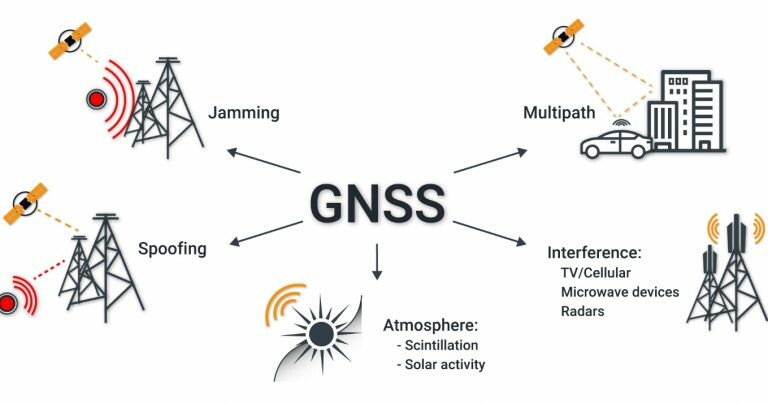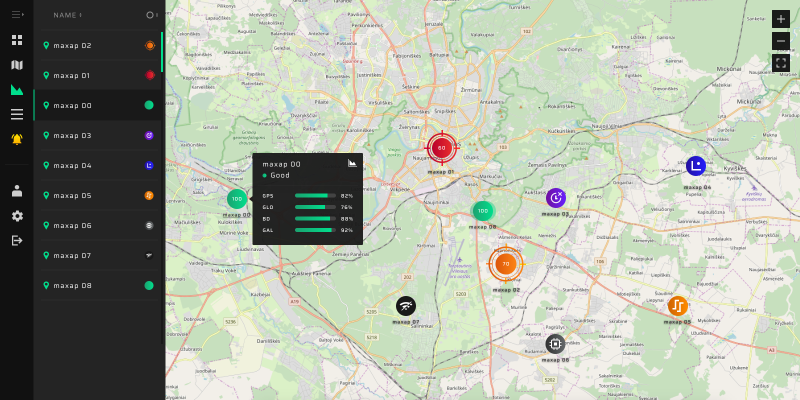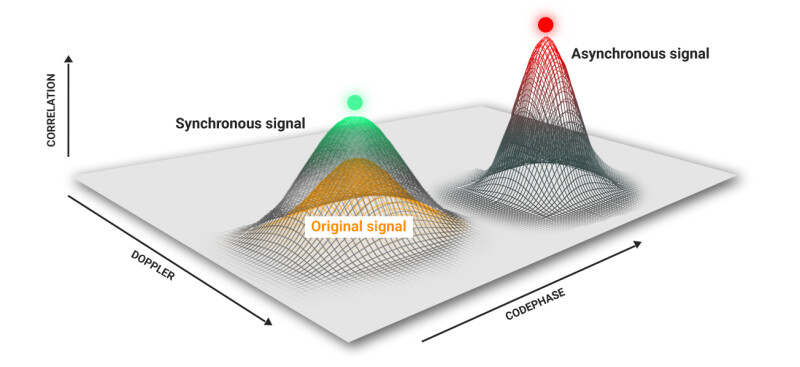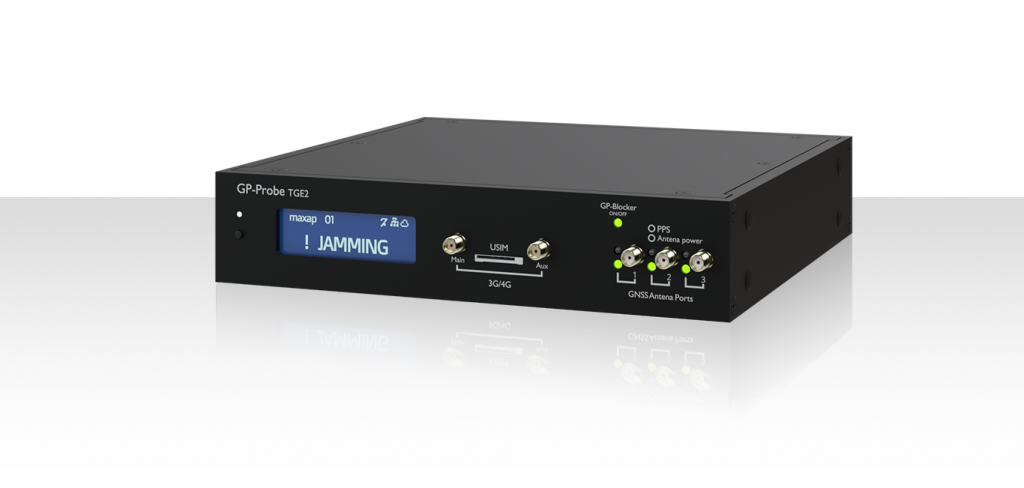Our dependence on satellite navigation is increasingly becoming an Achilles heel for unmanned aerial vehicles (UAVs) and somehow traditional general aviation (GA). Initially, it was simply the Global Positioning System (GPS), currently operated by the US space force, but eventually Russia, China and the European Union launched their own satellite navigation systems to become the Global Navigation Satellite System (GNSS). .
I still remember in the early 90’s when we had to calculate how many satellites were visible at certain times of the day and plan our sessions according to the strength of the constellation. At the time, the big unknown was called AS / SA (anti-counterfeiting and selective availability), and we had to be very vigilant when calculating geodesics to make sure there was no unwanted noise in any of the satellites used in our calculations.
Today the question is much more complex and requires more than just passive observation of the constellation; requires an active system to ensure accuracy and reliability.
We recently heard about a company GPSPATRON, which has developed a device for monitoring and warning the reliability of the GNSS signal around specific areas of work. We asked Maxim Borodko, CEO of GPSPATRON, for a more detailed explanation of their technology.

“GPSPATRON started in mid-2018, when one of our customers described the problem of counterfeiting GNSS. Armies, authorities, security companies use counterfeiting to protect VIPs from drones. As all GNSS receivers are susceptible to counterfeit attacks, this affects many sectors: UAVs, time synchronization systems and especially real-time kinematics or RTK, ”explained Maxim. “Over the past 10 years, the cost of counterfeiting GNSS has dropped from $ 100,000 to $ 100. Thanks to the widespread use of cheap SDRs and open source projects on github, anyone can now forge GNSS. “
“We have assembled a team of engineers with strong experience in developing corporate solutions and specialize in automated measurement systems for infrastructure monitoring, production line automation and automation of test laboratories,” Maxim continued. “We have a passion for Internet of Things (IoT) projects, 5G, radio spectrum, high-load networks and neural networks.”

When asked about the importance of maintaining the integrity of the GNSS signal, Maxim painted a grim picture of the state of technology.
“We analyzed the market and realized that there is no commercial, cost-effective solution for comprehensive monitoring of GNSS signals with advanced counterfeit detection; we studied hundreds of scientific publications and patents on the subject and then developed a GPS spooler with advanced attack scenarios, ”he said. “We spent a lot of time experimenting with GNSS modules and time servers. The spoofer allowed us to develop different attack techniques and to study the effects of forgery. We found that the only method for detecting intentional coherent forgery was to analyze the spatial characteristics of the GNSS signal. We did a lot of interactions and eventually developed a system that consisted of three-channel GNSS probes and a cloud service. “
The GPSPATRON solution is a neural network based system for monitoring the quality of the GNSS signal and detecting a threat from GNSS (tampering, jamming, interference). The system, GP-Probe, performs GNSS signal measurements using 3 RF channels to evaluate the parameters of the spatial signal and transmits raw data to GP-Cloud for real-time processing. GP-Cloud calculates the quality / accuracy of the GNSS signal, detects anomalies and classifies them (forgery / attenuation) and stores all results in a database.

When asked about the choice of three RF channels for their solution, Maxim described the levels of threats.
“In general, there are two types of attacks, incoherent (asynchronous), which are easy to perform, generate signals with incorrect coordinates / time. False signals have considerable power to block genuine ones. Due to jumps in the signal parameters, such forgery is easy to detect, “said Maxim. “Coherent (synchronous) or advanced attacks are more complex. The first stage generates a signal identical to the real one and then slowly changes the coordinates, altitude or time. It can be detected only by spatial processing of the signal (angle of arrival of the radio frequency signal, etc.). This type of tampering in anti-drone applications is often called electronic wind. “

When researching the relevance of the GPSPATRON solution, Maxim focuses on its relevance to the drone industry.
“Drones are already used to deliver goods, even medical drugs, and are highly dependent on the quality of GNSS signals,” Maxim said. “There is currently no alternative to GNSS for navigation. Some advanced drones use RTK corrections to obtain extremely accurate coordinates. A $ 100 spoofer can distort coordinates, which directly affects the safety of drones. If the RTK base station is compromised, all connected users will be affected. Our solution is aimed at preventing these service interruptions. “
As for the extension of the protection against forgery, Maxim examined in detail the details of the deployment, which are very complex.
“This is a very difficult question without a 100% correct answer, it all depends on the power of the RF signal of the spooter, the type of transmitting antenna and the conditions for radio signal propagation (cities with tall buildings, forest, field, etc.)”, Maxim. “With GP-Probe, the solution is able to detect false coherent signals with power levels even lower than the power of the original signals. Given the urban conditions, a HackRF-based spoofer with a non-directional antenna and line of sight, I would say that it is possible to detect false signals at a distance of several kilometers. “
When asked about the number of vehicles that can be protected in a given installation, Maxim described the optimal setting to ensure results.
“Placing GP probes on the road every 1.5 kilometers can provide adequate coverage and detect tampering / jamming / interference on these trails,” he said. “Vehicles can be connected to our service and receive real-time notifications of deteriorating GNSS signals (forgery is not). Our software can be located on any server or cloud and there are no limits on the number of connected users. Counterfeiting is not a common problem in Europe or America. However, interferences that reduce the quality of signal reception and processing are quite common. “
In the madness of having UAVs and UAMs in National Airspace (NAS), we sometimes forget about the bad actors and the fact that not everyone comes to this industry with the best of intentions. GPSPATRON and their solutions help retailers breathe a little easier by ensuring that their navigation signal is correct and pointing the vehicle in the right place.

